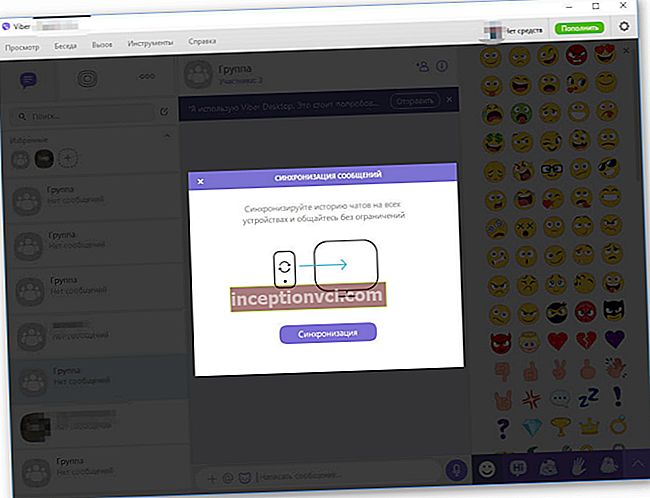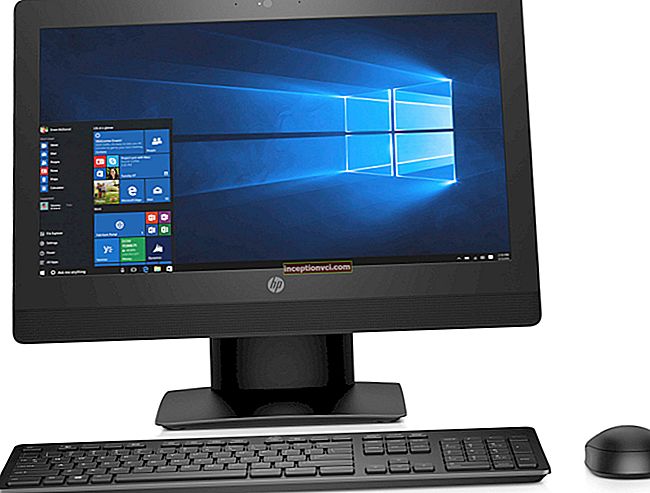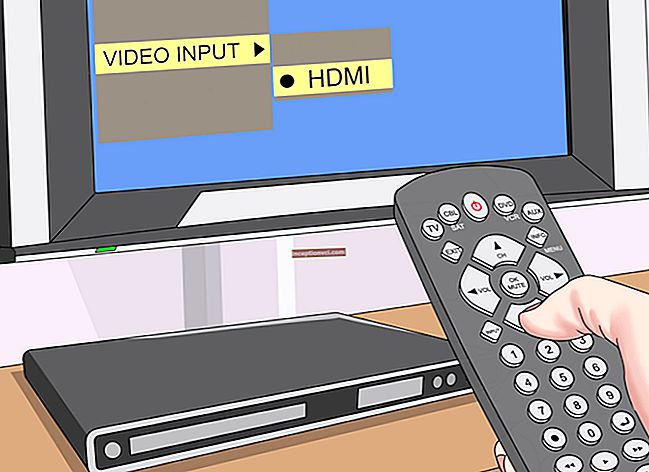
Probably, it will become a good tradition, at the beginning of each year to carry out some revision of satellite receivers with support for HDTV format. The crisis is a crisis, but how hard did it “hit” the choice of these most expensive receivers? Literally at the end of last year and at the beginning of this, as from a cornucopia, more and more models of satellite receivers poured onto the heads of an inexperienced buyer, designed for receiving high-definition television in video compression formats not only MPEG2, but also MPEG4.
It makes no sense to reproduce the exact chronology of their appearance before the day. But, say, in our Ukrainian market of "satellites" the first company to cross the threshold below $ 400 per receiver was Golden Interstar with the 890 HD model. The Evolution receiver from the MIRASAT company stepped on her heels. And if we do not take into account Topfield and Humax, as well as the elite Kathrein and Dreambox, which have a price threshold far above average, then such a parity of two seemingly similar receivers would last long enough.
The adherents of the Openbox brand, somewhat disappointed, who had been expecting the appearance of an HD receiver from Sat System back in 2008, were surprised to leave the EEBC2008 exhibition and did not wait for it. Someone managed to acquire another HD receiver in a year. Moreover, the ABSOM company brought in 2008 a whole line of AV IP Box HD receivers. Yes, they were not cheap, but there was a choice. These receivers were also on the Linux operating system, like Kathrein together with the Dreambox, and also allowed them to be preprogrammed with additional program blocks that opened more and more new possibilities, but at the same time they were a little cheaper than them.
To some extent, sales of HD receivers were very much slowed down due to the lack of Russian-language channels in HD format, as well as because of the inability to watch them, except on satellite receivers offered by the providers themselves. This also applies to the Russian NTV + and the domestic Surface. The containment of sales stopped with the "hacking" of NTV +. No, of course, this is not pure hacking, no one hacked the card. But the specially designed receiver, which was sold by NTV + along with the card, and the card, in turn, wanted to work only in this receiver, did not suit the fans of satellite cinema, who did not like the exclusive receiver for a number of reasons.
In the end, viewing NTV + HD channels became possible with the help of sharing. This browsing is not legal. Indeed, in fact, payment is carried out for only one card, and much more people are watching. By connecting their various non-exclusive Linux-based receivers to the Internet to a pirate server, they receive access keys from the original paid card. In turn, the keys from the original card are transferred to such a server. And the receiver, receiving the keys, starts showing the encoded channels. Only with the advent of Internet sharing on HD channels on the Internet gave impetus to the sales of HD receivers.
Whoever bought HD receivers before could rely only on a slightly subjectively higher quality image of simple SD channels, not high definition. And for this, HD receivers without emulators and the ability to work on sharing were suitable. Thus, wealthy citizens bought their first HDs at $ 700 Topfield, $ 500 at Kathrein. And they didn't need emulators and sharing. They watched the usual NTV + channels. But not everyone could afford it, buying the most expensive receivers, hoping for a slightly better picture.
The world of expensive HD receivers fell with the advent of receivers without a Linux system. However, to make sales go, they have already been equipped with a software emulator and the ability to work with a sharing server. Receivers without Linux already cost almost half the price of the first HD receivers.In addition, the emergence of new russified HD channels from the HD Platform provider added fuel to the fire. The total number of high-definition channels has increased, they have appeared among pirates through sharing. And anyone who is interested, not devoid of an inquiring mind, can set up the sharing parameters in the receiver and connect to the pirate server.
It cannot be said that the providers themselves do not know about the existence of pirate servers. It is enough to type the word "sharing" in any search engine, and you will see everything you need for this. The only condition for sharing is the need for a constant connection of the receiver to the Internet while watching. But this is a separate topic. Also, the absence of Linux in the receiver for simply watching any package of satellite channels via sharing is even a plus for pirates than a minus.
Indeed, in order to configure the receiver, you do not need to understand programming, rummage through the receiver's software in search of the desired folder and file in it in order to configure these parameters. All this is kindly provided already in the receiver itself. And everything can already be entered from the remote control of the receiver without a computer, without understanding the intricacies of programming.
The buyer now has a choice when purchasing an HDTV receiver. Either buy an expensive receiver with Linux OS on board, or, limiting yourself only to watching satellite channels, take a receiver without an operating system. Why the providers themselves do not fight pirate servers is difficult to say. It may be very difficult and expensive, so let it be, if they do not bring too much harm, or the providers are informally themselves interested in the existence of such servers, supposedly working to advertise the content they offer to viewers. These are all just guesses. On the Internet, there are even rumors on forums that providers themselves launch a pirate server in order to keep everything under control, not counting even a small profit they receive in this case. As they say, this viewing is not for everyone.
Today the picture of choosing a receiver with HDTV support in our country is as follows. Different price categories of receivers are offered for purchase. Everything has changed significantly over the past year. It is no longer possible to say about an HDTV-enabled receiver that it is automatically a top-class receiver. Therefore, receivers of the highest category are bought mainly by owners of official smart cards from NTV +, Raduga and other providers. And it doesn't matter whether there are HD channels in the package or not, the main thing is that it was an expensive receiver, not like that of the bulk.
The installers themselves have very little interest in such receivers. In an era of economic crisis, the overwhelming majority of installers do not want to make money only on installing the antenna and initially setting up the channels in the receiver. They are vying with each other to broadcast from their newspaper and other advertisements about "CLEVER VIEWING" of channels, that the receiver can open some channels by itself, thanks to the built-in emulator. Piracy in Ukraine is so developed that you will not find a single settlement in which there would be no receiver with a software emulator of the official smart cards of some channels.
It is clear that most of these channels are foreign, and the channels themselves are encoded in outdated coding systems, but this cannot be called legal because of this. A separate topic may be occupied by the BISS encoding. For her, smart cards are not issued at all. Many channels are closed with this encoding, both in Russia and in Ukraine. The key that must be entered from the receiver's remote control to view a particular channel closed in BISS encoding is reported to the cable operator by the TV channel itself.
Thus, the presence of a software emulator in the receiver can no longer be called a manifestation of piracy in any form. There is no legal basis on this issue. Nobody protects copyright and does not monitor their implementation. After a short period of time, the BISS key appears on the Internet.And anyone who wants to turn on the computer and type any search engine becomes the owner of this key in a maximum of 15 minutes. I took the remote control, entered the key in the corresponding menu of the receiver and watch yourself calmly any channel in this encoding
Further, after the most expensive receivers, there are receivers based on the operating version of Linux without an emulator. And this is the largest category so far, offering the largest selection in its class. The operating system will allow everyone, and there are just a great many of them, to modify the software of the receivers to suit their taste, supplementing them with various new features that were not originally there. Among them are emulators and sharing support and much more. I must say, in addition to sharing and an emulator, a limited number of owners of HD receivers use other functions. For them, the first place, of course, is watching satellite TV. And if this is an HD receiver, then viewing HDTV channels. Only about 5-8% of the owners of such receivers are in constant improvement of their receivers, in terms of constant software updates, adding new functions such as: broadcasting satellite channels to the home network, receiving Internet radio stations, viewing webcams, watching the weather and much more.
And finally, more recently, HDTV receivers have appeared without an operating system. But their software was also provided with support for emulator and sharing functions, and you no longer need a computer to configure these functions. Everything is configured from the remote control in the receiver menu. And this category of satellite HD receivers is the most inexpensive. It has long stepped down the threshold of the first digital satellite receiver at a price. The appearance of such receivers has further spurred the penetration of receivers with support for HDTV broadcasting to the masses. After all, their cost is already comparable to a receiver without support for HD channels, but equipped with a hard drive for recording.
All the latest new HDTV receivers are equipped with a USB connector, and some of them are additionally equipped with an e-SATA connector, to which you can connect any USB storage medium or a pocket with an e-SATA hard drive and use them to record satellite TV broadcasts, as well as record via timer, and activating the Time Shifting mode.
Some receivers are equipped with two HF receiving units at once, which gives the user ample opportunities in terms of viewing one channel from any satellite, transponder, subband and polarization and simultaneously recording another channel. Naturally, you have to pay for such convenience, and such receivers are a little more expensive than ordinary single ones.
Almost all receivers can be connected to drives from the outside without opening the receiver's case, but there are also those with special brackets for hard drives inside. Fewer enclosures, fewer power supplies, fewer plugs and wires when the hard drive is installed inside. This, of course, requires taking measures for additional cooling of the receiver, as a rule, miniature fans do a good job with this, blowing out heated air from the inside of the receiver. Today, combo receivers can be considered the most recent innovations in the design of HDTV receivers. They also have two receiving units on board, but the units are different, one is satellite, and the second is designed to receive digital terrestrial television. After all, digital broadcasting is already on air in several cities, and before the start of the World Cup, it may appear in your city, if it is not already there. Moreover, the difference in price between just a satellite and a combined receiver is negligible, it is even less than the cost of a separate terrestrial receiver or CAM module, which will reformat a digital MPEG4 stream into MPEG2 on the fly. Since terrestrial television in our country will be launched immediately in MPEG4 compression format, bypassing the previous one.
The most versatile receivers can be considered receivers in which one receiving unit is already installed, and the second is missing, and the user has the ability to install the second unit using only a screwdriver. Moreover, the block can be any of three options: DVB-S satellite, DVB-C cable and DVB-T terrestrial. Replaceable unit receivers give the customer maximum flexibility at a lower initial cost of ownership of the receiver.
The topic of specialized HDTV receivers intended for receiving a specific provider is not specially touched upon. Usually they are sold already complete with an access card to a paid channel package.
There are no bad satellite receivers, there are bad choices. Which HDTV receiver you buy is, of course, determined only by you, not your installer.
And in order to choose a receiver you need to answer a few questions:
1. What is the maximum price I can afford for a satellite HDTV receiver?
2. Do I need a combined receiver capable of receiving satellite and terrestrial digital television?
3. I only need a satellite receiver, after a while I will buy an additional terrestrial one?
4. Will I record TV programs, if yes, then I want to install the hard drive inside the receiver or let it stand nearby and there will be more wires around?
5. Do you need built-in Wi-Fi in the receiver or the ability to install it?
6. Are slots for smart cards needed or just enough CAM slots?









